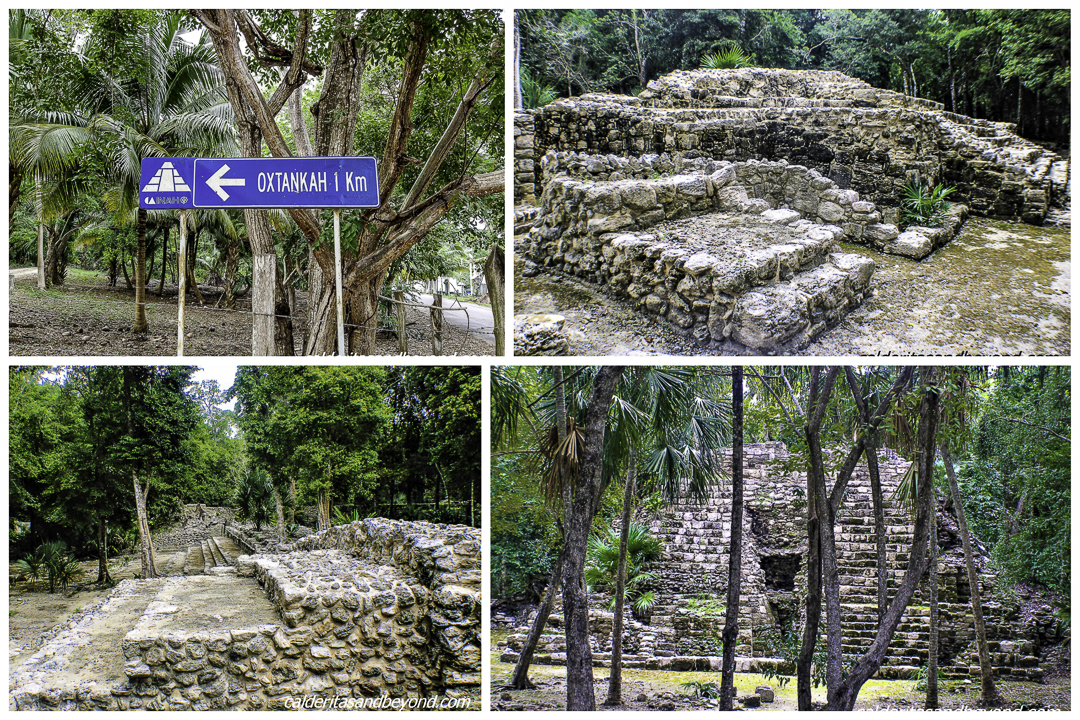HISTORY
Although the original name is unknown, it was named Oxtankah by the researcher Alberto Escalona Ramos in 1937. Its name can have three interpretations: in the middle of three towns, three neighborhoods, or a place surrounded by Ramones. The Ramón (breadnut) is a tree that blooms in summer and was an essential part of the Mayan diet.
Cradle of the Mestizaje
Many say that it was on this site where the Spaniard Gonzalo Guerrero and the Mayan princess Zazil-Ha, daughter of the chief Nachan Ka’an, the ruler of Chactemal joined to give life to the first mestizos (mongrels). Because of this, Chetumal is considered the Cradle of the Mestizaje (of mixed race). Hence the “Aqui Inicia Mexico”‘ sign in Chetumal. Here Starts Mexico. In front of the Museum of Mayan Culture, you can see a stunning sculpture in Chetumal that stands as a visual representation of this legend.
It is the largest and most significant pre-Hispanic city discovered in the Bay of Chetumal area and has yet to be fully excavated. The grounds are not clear-cut of trees as most sites in the area.
Be sure to bring insect repellant and do not wear black. There are plenty of trees on the grounds, so the shade is plentiful. The staff on-site enforces a pack size limitation as they do not want people to picnic on the grounds. Being off the beaten track, it is rarely crowded.
Directions
To get to the archaeological zone from Centro, take Ave. de Los Heros north to Calz. Centenario, the Chetumal-Calderitas highway. Upon reaching Calderitas, continue along the paved road until it ends at the bay.
A scenic alternative to this point is available by heading north on Blvd. Bahia, approximately 9 kilometers along the bay to Calderitas. 4.5 kilometers to the north, there is a sign that marks the access to the site. The total journey from downtown Chetumal takes approximately 25 minutes.
Hours and Fees
Monday to Sunday from 09:00 to 15:00
65 pesos for residents
80 pesos for non-residents
On Google Maps



















